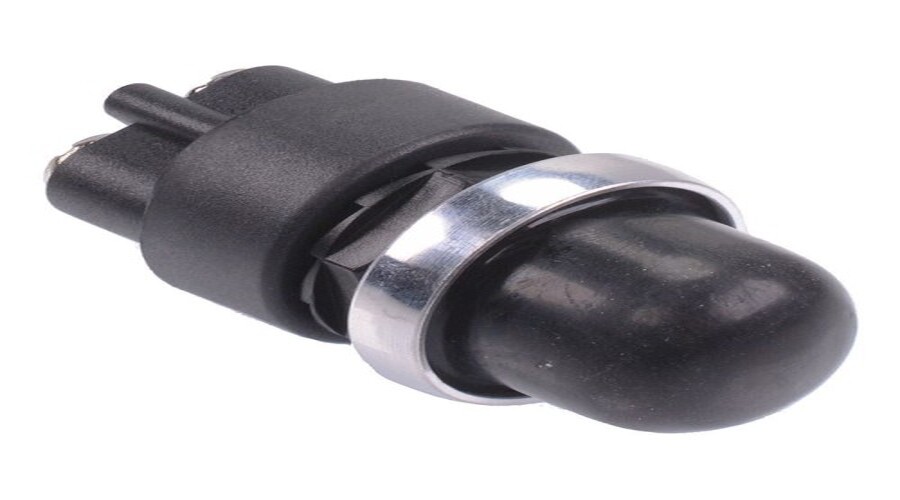
In an era dominated by touchscreens and wireless controls, a hidden hero quietly shapes electronics' behavior: the DIP switch. If you’ve ever asked, “How do DIP switches work?” you’re not alone. These unassuming components, often overlooked, are the backbone of hardware customization in devices ranging from retro gaming consoles to life-saving medical equipment. Let’s dive into their mechanics and discover why engineers still trust them in critical systems.
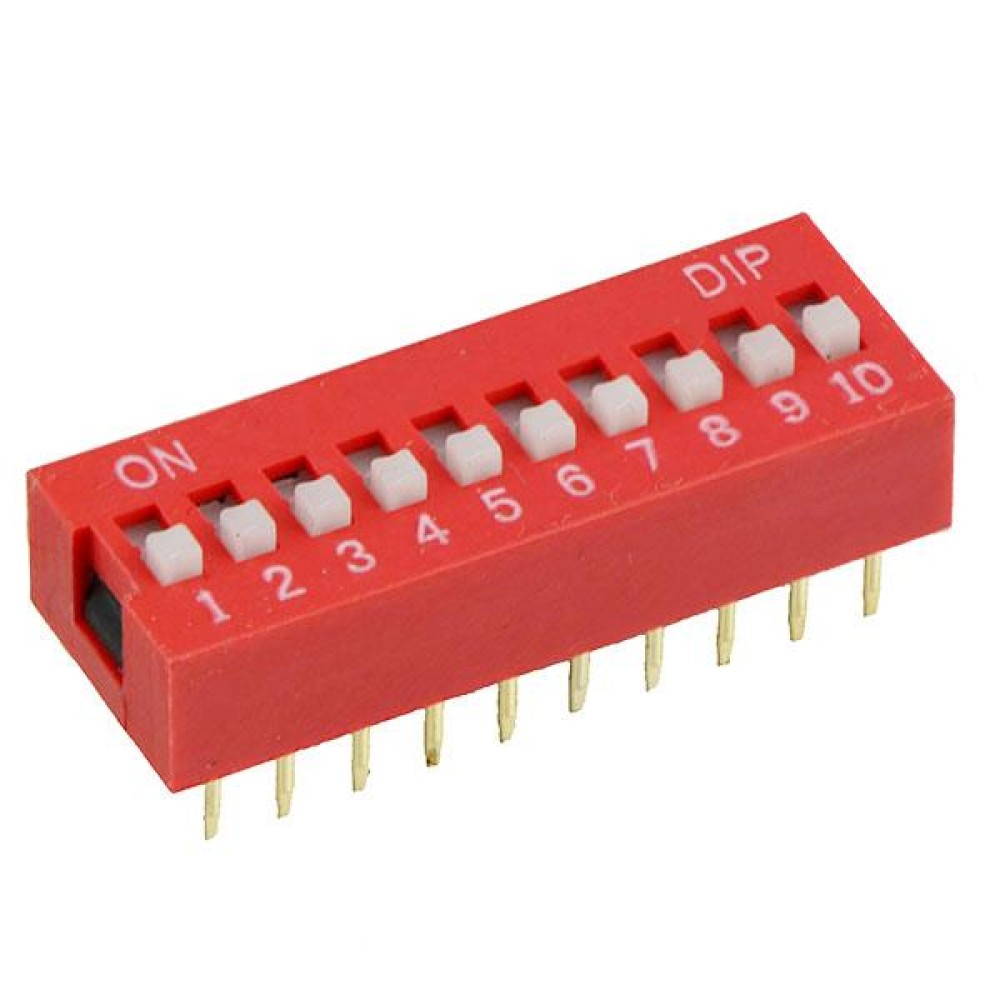
The Hidden Language of DIP Switches
DIP (Dual In-line Package) switches are clusters of miniature switches arranged in a single housing. Each switch acts as a binary “yes” or “no” signal. When combined, these switches form a unique code that devices use to activate specific functions. For instance, a 4-switch DIP can generate 16 configurations—enough to program a robotic arm’s torque limits or a thermostat’s temperature range.
Breaking Down the Mechanics
1. Physical Binary Input: Unlike software-based settings, DIP switches create electrical pathways by manually opening or closing circuits. Sliding a switch to “ON” connects two metal contacts, sending a “1” signal to the device. “OFF” breaks the connection, signaling “0.”
2. Instant Hardware Feedback: Devices read DIP switch configurations during startup. For example, industrial printers use these settings to select paper sizes without booting up a software menu—critical in high-speed production lines.
3. No Power, No Problem: DIP switches retain settings even during power outages since they are purely mechanical. This makes them ideal for emergency systems, like fire alarms, where reliability is non-negotiable.
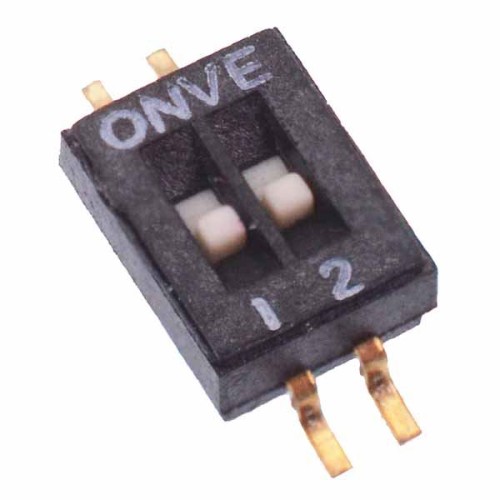
Where DIP Switches Shine
· Retro Tech Revival: Classic arcade cabinets, like Pac-Man, rely on DIP switches to adjust game speed or enable cheat codes—preserving nostalgia without modern software.
· Industrial Durability: In CNC machines, DIP switches withstand dust, vibrations, and temperature swings better than digital interfaces.
· Medical Precision: Dialysis machines use DIP switches to bypass default protocols during urgent maintenance, ensuring uninterrupted patient care.
Why Engineers Still Choose DIP Switches
· Zero Latency: Changes take effect instantly—no reboots or driver updates.
· Tamper-Proof Security: Physical switches are harder to hack than wireless controls.
· Cost Efficiency: No need for expensive screens or firmware—ideal for budget-conscious prototyping.
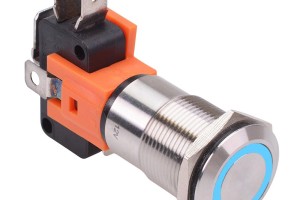
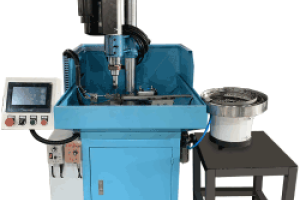
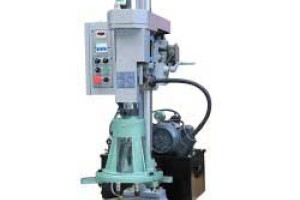
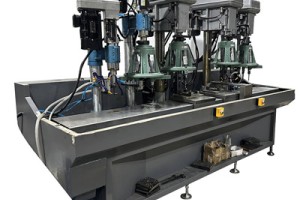

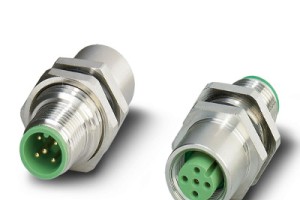
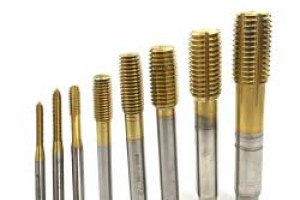
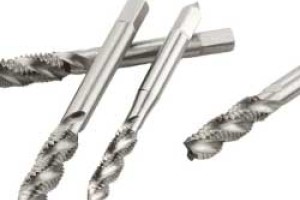
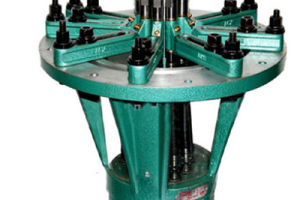
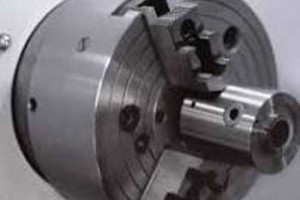
Leave a comment